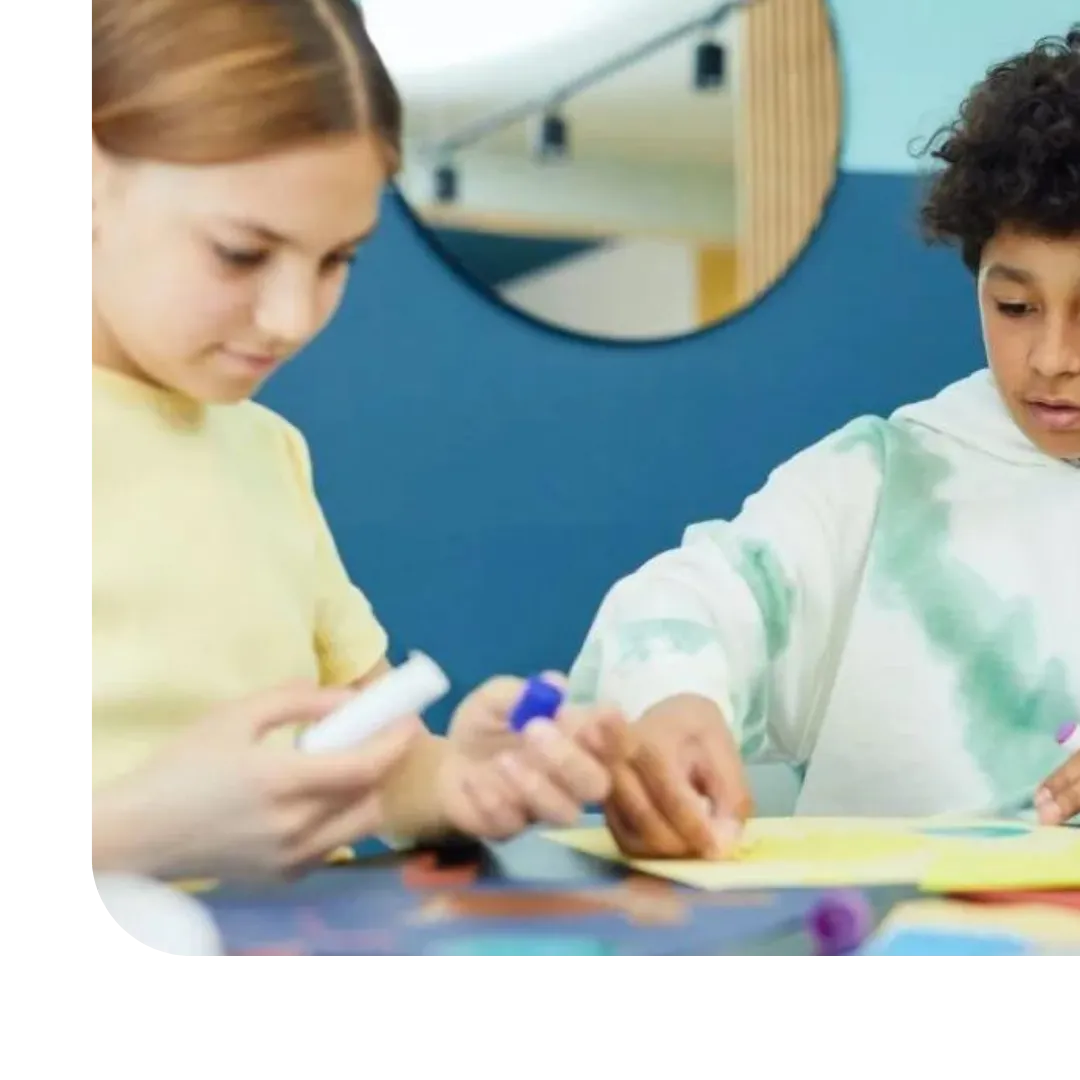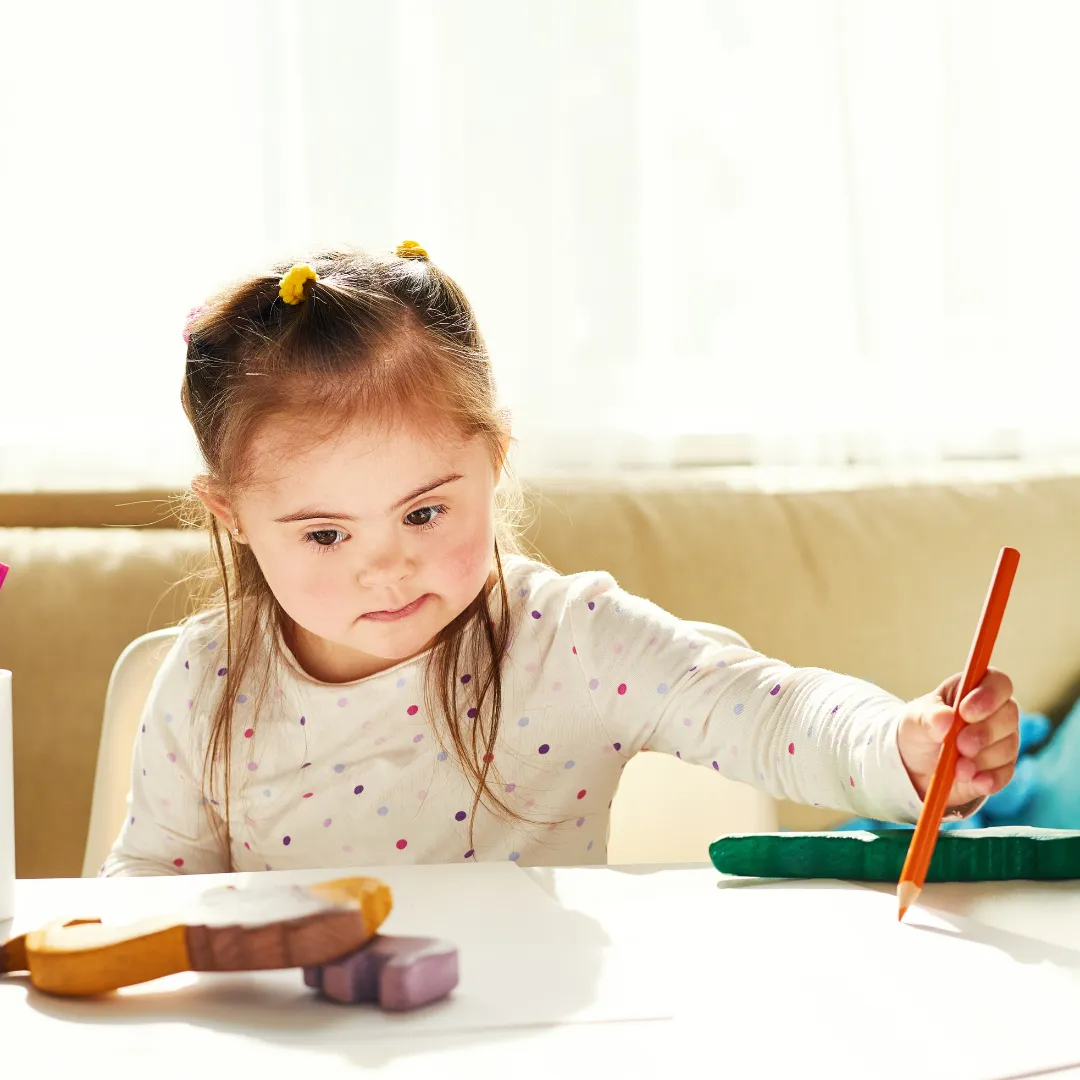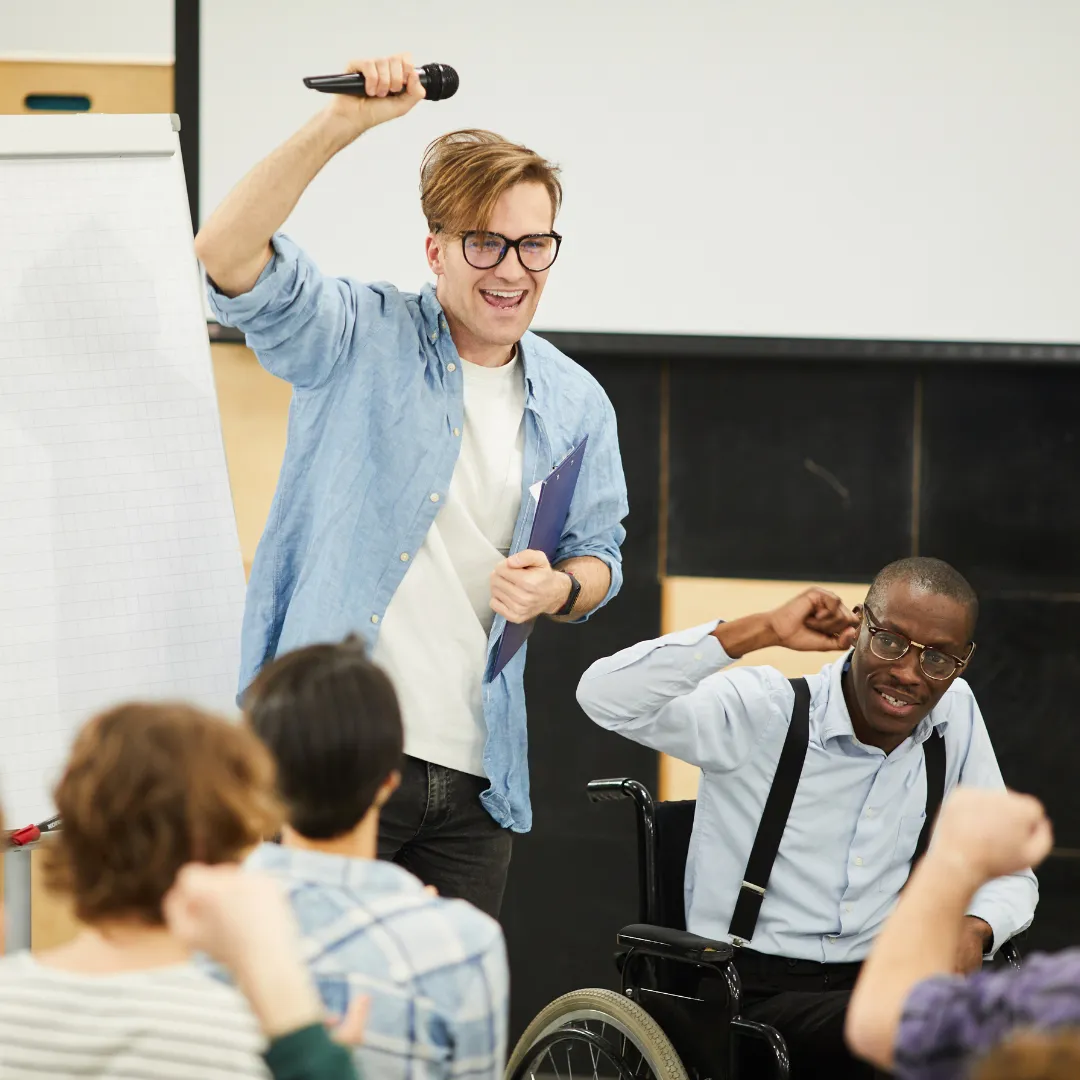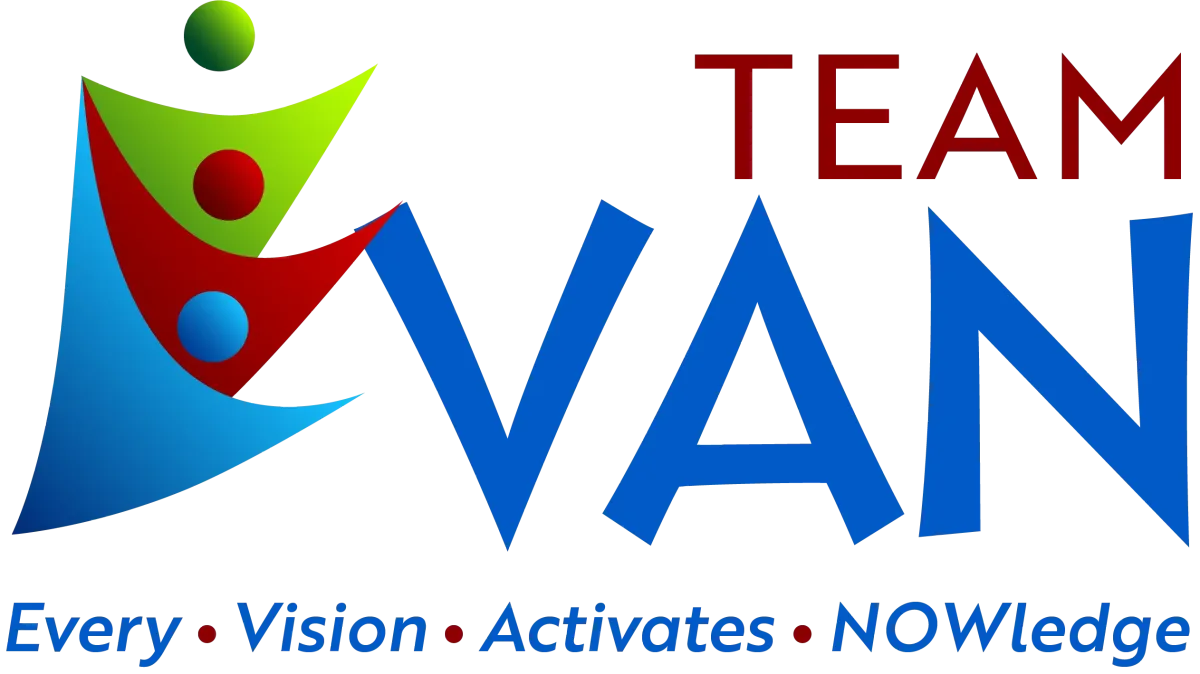Inclusive Practices for Educators:
Strategies for Supporting the Learning and Participation of Students with Disabilities
January 17, 2023

As educators, one of our most important responsibilities is to create an inclusive environment where all students can learn and thrive. This is particularly important for students with disabilities, who may face additional challenges in the classroom. By adopting inclusive practices, we can create a learning environment that is welcoming, supportive, and accessible to all students.
So what exactly are inclusive practices, and how can we implement them in our classrooms? Here are a few strategies to consider:
Universal design for learning: This approach to education emphasizes the importance of designing learning environments and materials accessible and usable by all students, regardless of their abilities. This might involve using various teaching methods, adapting materials and assessments, or providing accommodations such as assistive technology.
To implement universal design for learning, teachers can use various teaching methods, such as lectures, demonstrations, discussions, and hands-on activities, to engage different learning styles. Teachers can adapt materials and assessments, such as using alternative formats like audio or braille, or providing visual or auditory support. Lastly, provide accommodations, such as assistive technology, extra time on tests, or preferential seating, to support the learning and participation of students with disabilities.
Differentiated instruction: Differentiated instruction involves adapting your teaching methods and materials to meet the diverse needs of your students. This might involve using different teaching approaches for different students or providing students with different materials or activities based on their strengths and needs.
To implement differentiated instruction, teachers can assess individual students’ strengths and needs and use this information to tailor instruction and materials to meet their specific needs. Use flexible grouping, where students are grouped according to their needs or interests rather than having a one-size-fits-all approach. Also, provide a range of materials and activities that allow students to learn at their own pace and in their own way.
Collaborative learning: Collaborative learning involves working with students in small groups or pairs to solve problems, complete projects, or engage in other activities. This can be an effective way to support the learning and participation of students with disabilities, as it allows them to learn from and with their peers. To implement collaborative learning, teachers can encourage students to work together in small groups or pairs to solve problems, complete projects, or engage in other activities. Facilitate group work by providing structure and support, such as clear roles and responsibilities, and by modeling collaboration skills. Also, encourage students to support and learn from one another rather than compete against each other.
Classroom accommodations: Classroom accommodations are specific strategies or tools that you can use to support the learning and participation of students with disabilities. These include providing extra time on tests, allowing students to use assistive technology, or providing visual or auditory support. To implement classroom accommodations, teachers can identify the specific needs of individual students and work with the students and their families to develop appropriate accommodations. Use accommodations consistently and consistently, and communicate with students about the accommodations that are in place. Monitor the effectiveness of accommodations and make adjustments as needed.
By implementing these and other inclusive practices, we can create a learning environment that is welcoming and supportive for all students and that promotes the full participation of students with disabilities. By doing so, we can ensure that all students reach their full potential and succeed in school and beyond.
Recent Post
Team EVAN Launches Virtual Community Circles Pilot Program
Inclusion: A Fundamental Principle for Building Strong, Supportive Communities
Building Strong and Supportive Communities: The Importance of Social Connections and Support Networks
Shaping Visions into Reality: The Transformative Impact of Team EVAN
TEAM EVAN BLOG

Inclusion at the Forefront
Support and guidance to help individuals with disabilities identify their strengths, interests, and goals to develop a plan and empower living their best lives.

Schools & Education
Working with educators to support the learning and participation of students with disabilities and promote inclusive practices.

Community & Connection
Building supportive communities, fostering connections, and advocating for the rights and needs of people with disabilities.

